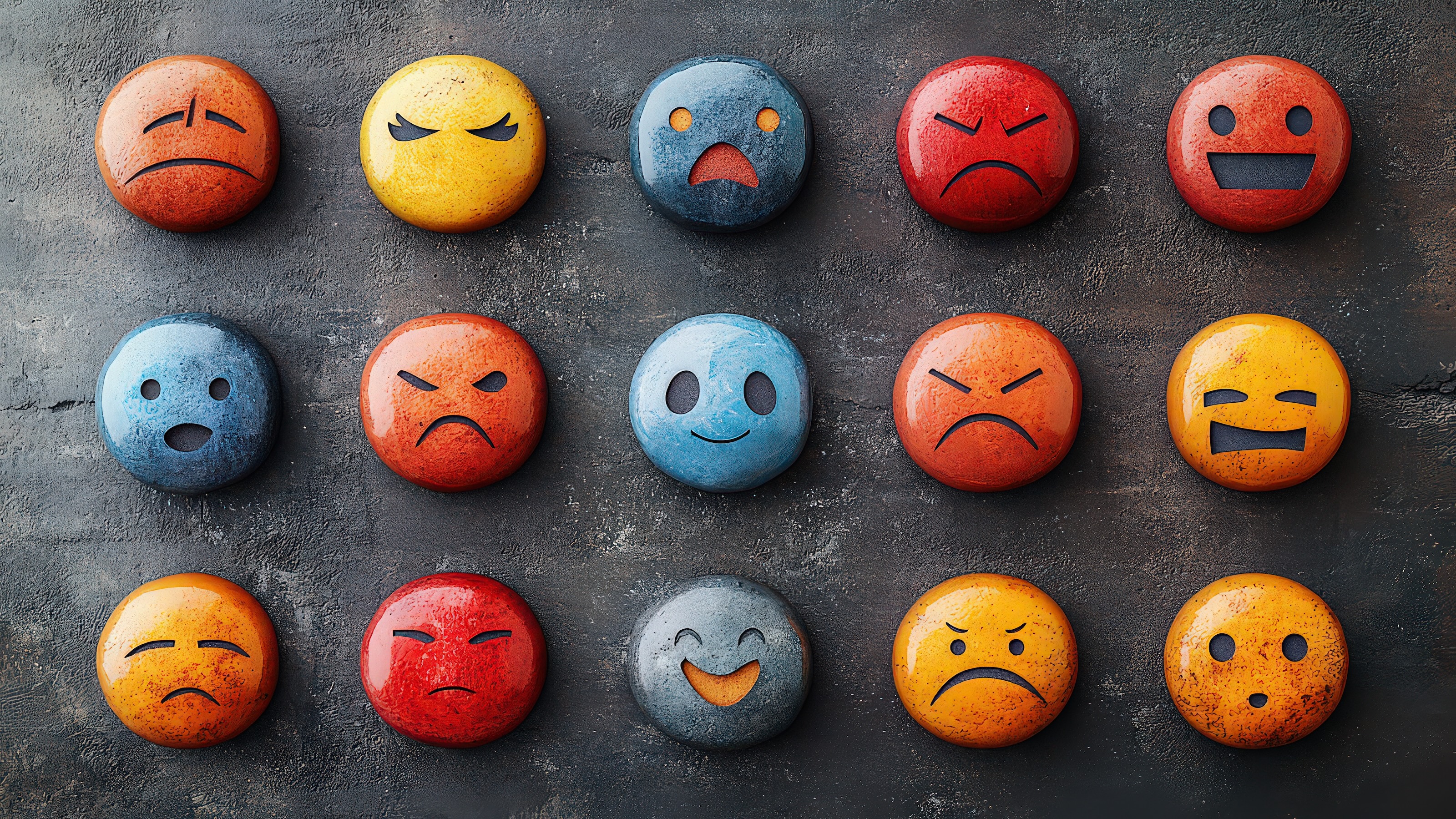The photographer talks about her favorite—and most difficult—subjects.
Question: Who have been your most rndifficult subjects?
rnrnCarol Friedman: When rnpeople warn me about someone—the label head or the publishingrnhead—that somebody is difficult, I’m in heaven. Irn just say "Bring them on and I can’t wait," because whenrnpeople are described as difficult and have a reputation as difficult rnit’s 99%rnof the time because they’ve been disappointed over and over again by rnpeople whorndon’t really know what to do for them, and I know I’m going to make themrn happyrnand I can’t wait to work with them. And that happens time after time, sorn when Irnhear someone is difficult I can’t wait to work with them.
rnrnQuestion: Who have been your favorite rnsubjects?
rnrnCarol Friedman: Irnthink my most favorite subject was Lena Horne because she embodies soul rnandrngrace and elegance and street. Shernembodies everything and beauty, great beauty, so she was a favoriternsubject. Many of the jazzrnmusicians whom are no longer here. rnYou don’t realize that it's history when it is happening and thenrn timernpasses and you look at a picture and you say "Wow, there is history rnattached tornthat." You know, Dexter Gordonrnplaying, you know, in my studio for an hour after the session, things rnlikernthat. There has been wonderfulrnmoments like that. This sounds sorncorny, but I love my subjects. Irnhave to love them to do what I do. rnI have to fall in love with them to create a successful portrait rnof themrnand it’s not confected. It justrnhas to be, so it’s like a mother saying "I love all my children rnequally," but Irnreally do. I love my subjects.
rnrnQuestion: Do you feel more self-consciousrn when photographingrna fellow artist?
rnrnCarol Friedman: Robertrn Rauschenberg, one of my favorite sessionsrnactually. I had never met him andrncame to his studio, where he lives, where he painted, where he works. He has a building, had a building andrnthere was a few minutes that I had to wait and there was an incredible rnpiece ofrnhis that was forged of texture, metal, you know. Itrn was probably a big rusted side of a truck or something,rnbut it was this beautiful textured metal, and Bob was great. He was just so wonderful, and I didn’trnlike what he had on. I, you know... clothing is arn big component, but that is another story, so I said can I lookrnthrough his closet. He said sure,rnso I picked a shirt and then there it was. There rnwas this leather jacket that was the same exactrntexture of the metal, so you live for moments like that and again that rnis whatrnI mean by paying attention. Thatrnis what I mean by mastering improvisation. It’s rnall there. rnYou just have to find it. rnSo I grabbed the shirt. Irngrabbed the jacket and of course in the picture that jacket and that rnmetal isrnone thing and it is all organic and wonderful and he was beautiful. Great artists know who they are, sornthere is no excavating at all. rnThey’re happy to share and I think that I’m really blessed rnactually tornbe able to be in the presence of them and to give them back to rnthemselves in myrnwork. It is really wonderful. I’mrn thinking aside from Rauschenberg,rnsame thing with Roy Lichtenstein, same thing. Thesern painters, they know exactly who they are. Great rnjazz musicians, they know exactlyrnwho they are. Great opera singersrnknow exactly who they are. JessyernNorman, there is not really work to do with Jessye. It’srn just centering in on exactly who she is.
rnrnQuestion: Who would you most like to rnphotograph that you’vernnever had a chance to?
rnrnCarol Friedman: rnFrank Sinatra, Pablo Picasso, Billie Holiday, Ray Charles, BobrnDylan. What does Bob Dylan havernthat those other people do not? rnHe’s still here. So Bob, call me.
Recorded on April 21, 2010
Interviewed by Austin Allen





